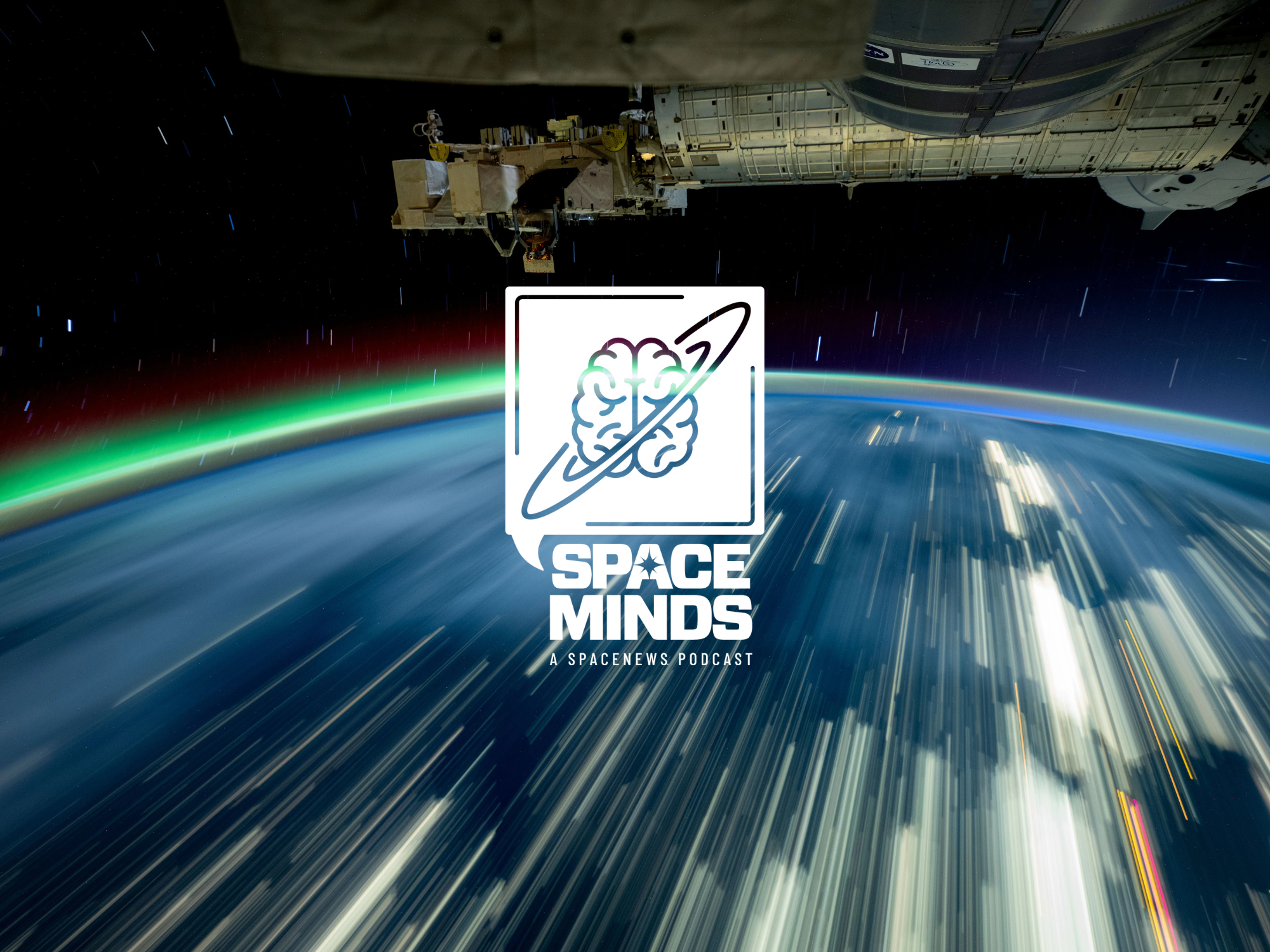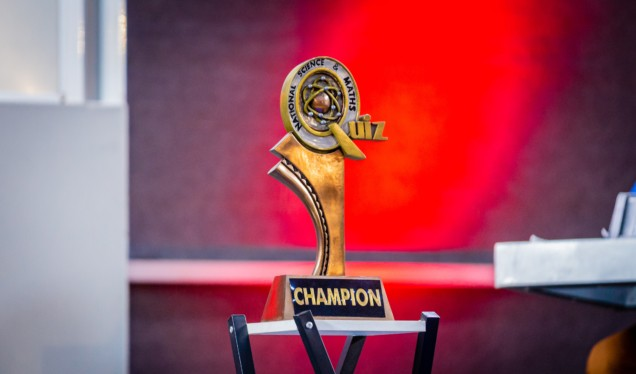Copyright SpaceNews

Click here for Notes and Transcript Time Markers 00:00 – Episode introduction 00:33 – Welcome Max 00:45 – A big week 05:03 – Industry superstitions 05:52 – Purpose of the Haven demo mission 08:30 – Haven demo described (with on-orbit video) 10:14 – What is Haven-1 10:33 – Dragon spacecraft and Haven-1 13:17 – Safety and business pressures 20:25 – NASA collaboration and commercial balance 21:11 – Haven-2, Falcon Heavy and Starship 22:48 – Competition and the race for first 27:58 – Business model and customers Transcript – Max Haot Conversation This transcript has been edited-for-clarity. David Ariosto – Max Haot, CEO of a very interesting aerospace company out there in Long Beach, California called Vast. You’ve had a big week, and I just kind of want to get right into this — the makings of the first commercial space station, which has never been done before, is sort of now in the works. The so-called Pathfinder mission for the station launched over the weekend, opened its solar arrays, began testing everything from flight computers, avionics, communication systems, thrusters, you name it. And this has been a journey for you guys. I wonder if we could just start this conversation walking me through that day — where you were on that Sunday, what it was like to take something from the factory floor and put it on orbit and have all of this start to feel a little bit more real? Max Haot – Yeah, it’s been quite the adventure. You know, the first thing is that I’ve launched satellites before. One time, I was at the Cape for the launch, and the first learning is — never do that again. Be in the control room, right there with the team, and be there to troubleshoot any issue or at least understand what’s going on and lead. And so that day, you know, the launch was at 10, Saturday at 10:06 or 10:09 p.m. We had about 600 of our 1,000 employees all spending their Saturday night here. We designed our control room — you can see it right there — with our mission operators controlling Haven Demo on orbit. But we’ve designed our headquarters so that you can have a lot of people participate and see it behind the glass. So launch, obviously, SpaceX Falcon 9 — so reliable, clockwork — just went on time, delivered us on orbit perfectly, so we were very lucky. We didn’t have to worry about that piece too much. We had a clean separation. Obviously, everybody got pretty excited. And then the real moment of truth. There are two key moments of truth — one is first contact. We were expecting to do a UHF radio pass with the ground station we have at headquarters, and it was not functioning. We were not getting data. And right after that, we had a ground station pass from Mexico, and like clockwork, the board just behind me lit up with all of the latest data from Haven Demo. More importantly, you then look at the data — okay, it’s alive, it booted, it’s communicating. And you have to make sure it’s correct. I had an unfortunate chance before to have a satellite reveal that it was spinning at one rotation per second, so you need to look at the data carefully. And the data looked perfect. It was stable. The solar panel was deployed, it was communicating. Everything was great — so it was a big relief. We then, on the first pass, managed to download the video of the solar array deployment in 4K, which we’ve shared — you can check our X account and LinkedIn. In my view, it’s one of the best space videos ever captured, and we have a lot more of that. And then, when we were on the first pass, we were in eclipse — so that means there’s no sun, it was night. It was actually right above the United States. One of the last things you don’t know is — you’re pointing where the sun will be, you’re stable, you’re not spinning, everything is functioning, you’re communicating — but what you don’t know is if you can get power positive. If you can’t generate solar panel electricity, you won’t get power positive, and you live for about 10 hours, which is about our battery. So we had to wait another hour or so for it to reach the sun. And that pass, we saw it being super healthy — power positive, getting to over 90%, steady at 95% of battery. So yeah, then we had a little party in the back. David Ariosto – The party doesn’t come until everybody’s collectively held their breath for at least a couple of hours, it seems. There always seem to be some gremlins within the apparatus, the software, or what have you. Max Haot – And superstition, right? Our industry is full of superstition. We had lamb — part of a tradition that some of our team members used to do at another company. And of course, you want to keep any beverage or champagne locked away and hidden until you’re really confident. But we were able to get there. David Ariosto – I had a conversation with a CEO once that used to go out to the launch pad and have a quiet conversation with the launch vehicle — just like the nature of superstition or tradition. Max Haot – It’s fun and games. Hopefully no one really believes it, but we love it. David Ariosto – You know, a little salt over the shoulder — that sort of thing. But I want to get into the purpose of the demo mission. So we can kind of start your answer there, but also — why? Where does this fit into the broader sort of commercial landscape? Because if you look at it, the ISS — the International Space Station — had its 25-year anniversary this year. It’s going away, it’s going to retire in less than five years now, 2030. The push for commercial space stations, particularly in terms of what Vast is doing, seems meant to avoid that gap once the retirement happens. Can you speak to that — the nature of competition, and also the purpose of the demo and what’s next with Haven-1? Max Haot – The first thing to answer your question on purpose — I think our key differentiator at Vast is that we’re strong believers in an iterative approach and incremental stepping stones. That’s one of our core beliefs. The other is that we need to get to an operational product as quickly as we can. Paper design and PowerPoints are not substitutes for doing the real thing. We don’t believe you need to have a perfect, multi-module, gigantic space station with the most advanced life support system on day one. You need stepping stones, because we’ll have problems. We’ll have systems to fix, things to upgrade, costs to lower, performance to improve. So back to Haven Demo — if you’re building a space station company, the first thing you should do is put something in space. And it should be as soon as you can and test as much of your team, processes, facilities, and technology as possible. Haven Demo is a 500-kilogram satellite, the size of a big dining table. It has all the systems except the human ones — so no pressurized habitat or life support system — but everything else: propulsion, communications, triplicated computers with fault tolerance, flight software, ground software, control room, redundant power and networking for human-rated operations. All of that gives us confidence in our design before we integrate it into Haven-1, and demonstrates to NASA and the world that we’ve earned that title. Right now, we’re a spacecraft company. None of our competitors have put their space station technology in space yet. So this is our first stepping stone. Then you’re asking about Haven-1 — that’s the next one. David Ariosto – Like after that, next year — what, May? Max Haot – May is our target that we’re executing against. Right now, we’ve just finished building the qualification primary structure and completed our qualification campaign. David Ariosto – Explain to me what really Haven-1 is. Max Haot – Haven-1 is a single-module space station that will be on orbit for three years. We’ll have four crewed missions of two weeks each. It integrates directly with the SpaceX Dragon spacecraft for docking and operations during those missions. David Ariosto – So you’re kind of leaning a little bit on Dragon spacecraft in terms of life support systems or structure, right? Max Haot – Yeah, our approach is a minimum viable product space station. What we don’t have to prove, we won’t. But we still have a lot of life support systems — thermal control, air revitalization, pressure relief, fire suppression. The piece we rely on Dragon for is only the bathroom. They have one — why build another? We use Dragon to bring the crew and bring them back safely, and as the lifeboat. That’s our approach — keep it simple, get to the next step, prove we can operate, generate revenue, and be the first to run a human-rated commercial space station. David Ariosto – When I think about the ISS and commercial space stations — the ISS has been incredibly safe, with zero fatalities over 25 years. Does it concern you — the marriage of business pressures and NASA’s traditional DNA — given how dangerous space actually is? How do you approach safety and the culture of safety while balancing schedules and the bottom line? Max Haot – I’m super lucky that there’s an amazing precedent. Look at how NASA transitioned from cost-plus government-owned contracts to commercial fixed-price ones for transportation — from the Space Shuttle to the Dragon spacecraft. Unfortunately, the Shuttle program lost 14 crew. That was a cost-plus, government-run system. Dragon has since flown over 60 people to space with zero fatalities and zero close calls. People say that going commercial and fast means being less safe. The facts don’t show that. Dragon is safer. And we rely on Dragon as our escape and emergency vehicle. SpaceX won’t dock to Haven-1 unless it’s safe by their standards. They have as much to lose as we do. We also have an incredible team — our CTO led avionics at SpaceX, our COO Chris Young helped write the winning NASA proposal and led Dragon mission operations. All that experience, combined with NASA’s involvement through our contracts, gives us both engineering rigor and operational safety culture. David Ariosto – In terms of Haven-2 — that’s the bigger construct. If I’m not mistaken, that’s a 12-module station expected to launch around 2028? Max Haot – Yeah, the architecture on our website shows a nine-module full evolution — bigger and more powerful than the ISS. It starts with three modules. With the new NASA directive, we’re excited that the process might be simpler and faster under a Space Act Agreement. David Ariosto – The process of being set up within the fold of NASA seems to be progressing. How does that work while remaining commercial? Max Haot – It’s important that NASA is not trying to replicate the ISS model. The ISS was incredible — 25 years of continuous, safe human presence in orbit — but it’s also the most expensive object ever built, more than $150 billion. We can and must do better on cost. David Ariosto – In the context of Haven-2, that’s a craft — correct me if I’m wrong — that’s expected to be launched aboard Starship? Max Haot – No, we’re starting with Falcon Heavy. The core module will rely on Starship later. We believe Starship will be successful and great for station builders, but we don’t want to wait for it. We’ll be ready when they’re ready. David Ariosto – Once Starship is operational — and I say once because it feels inevitable — the nature of infrastructure and competition in space will probably expand exponentially. In terms of the demo we just saw, Haven-1, and the beginnings of Haven-2, how important is getting there early and being there first? You’ve got Axiom, Sierra Space, and Blue Origin right there — how do you think about competition? Max Haot – No one has ever built a commercial space station. We’re all aspiring to it. Until we actually do it, we’re not truly space station companies. So it’s existential for us to get our product operating. Every day we’re not, we’re not who we say we are. We’re unique in being vertically integrated — we build our own primary structures here in the U.S. That makes it ten times cheaper and takes six months instead of four years. And it’s made in America, which supports the “America First” agenda while still enabling international partnerships later on. David Ariosto – You’ve said in the past that Vast expects NASA to be an anchor customer but not the only one. How do you approach diversification — between government, international, and private clients? Max Haot – Procurement is a fair process, and “Made in America” is something everyone can rally behind. But ultimately, we have to be profitable. In the human spaceflight market, there are two kinds — today’s market and the future one. The future market is in-space manufacturing, media, new materials, pharmaceuticals — but that’s unproven. It’ll take time. The current market is crewed missions for science and sovereign nations. NASA, JAXA, ESA, and others have already said they’ll buy services from whoever replaces the ISS. There’s also a growing market of new spacefaring nations and a small but steady group of private astronauts funding their own missions. We’ve engineered our business model so we can be profitable within the current market — even with two operating stations in the U.S. And when the new markets come online, whether in two or ten years, we’ll be ready — and still standing. David Ariosto – Diversification equals longevity, it seems. Max Haot, CEO of Vast, had a very big week — and it’s such a pleasure to have you on the show and talk about it.



